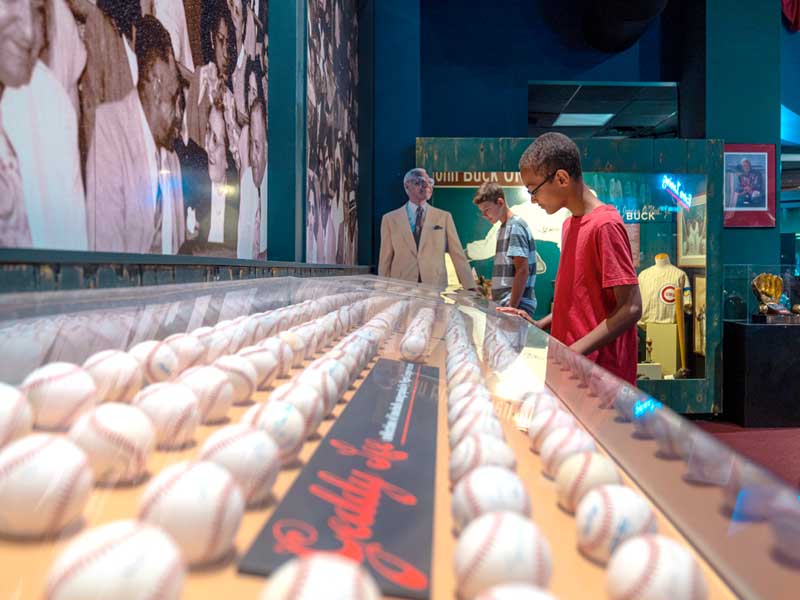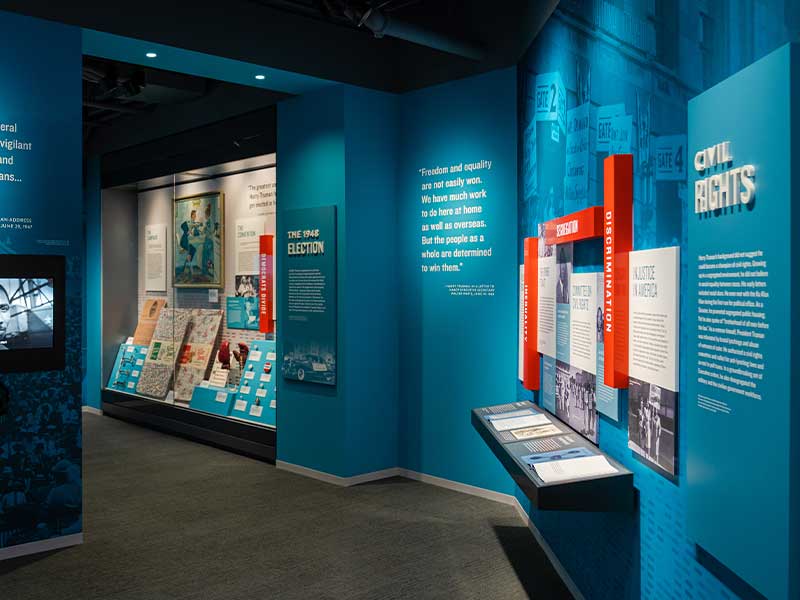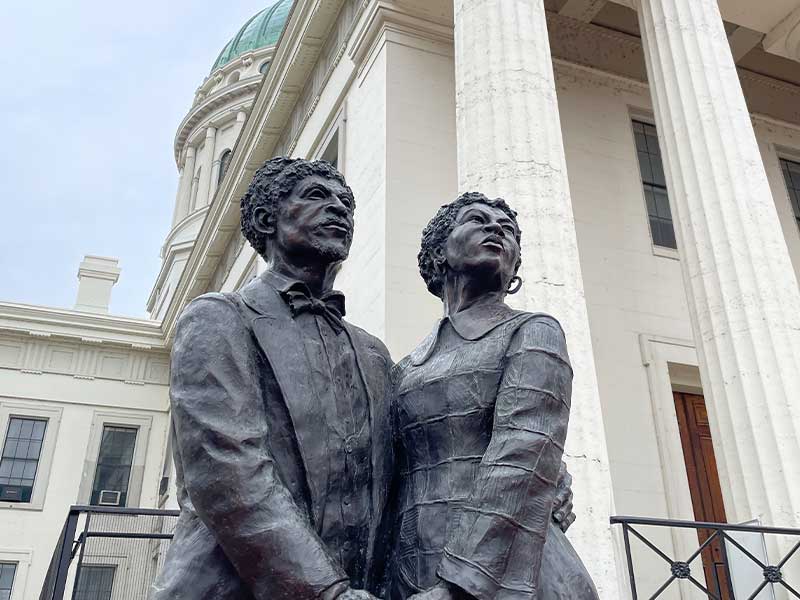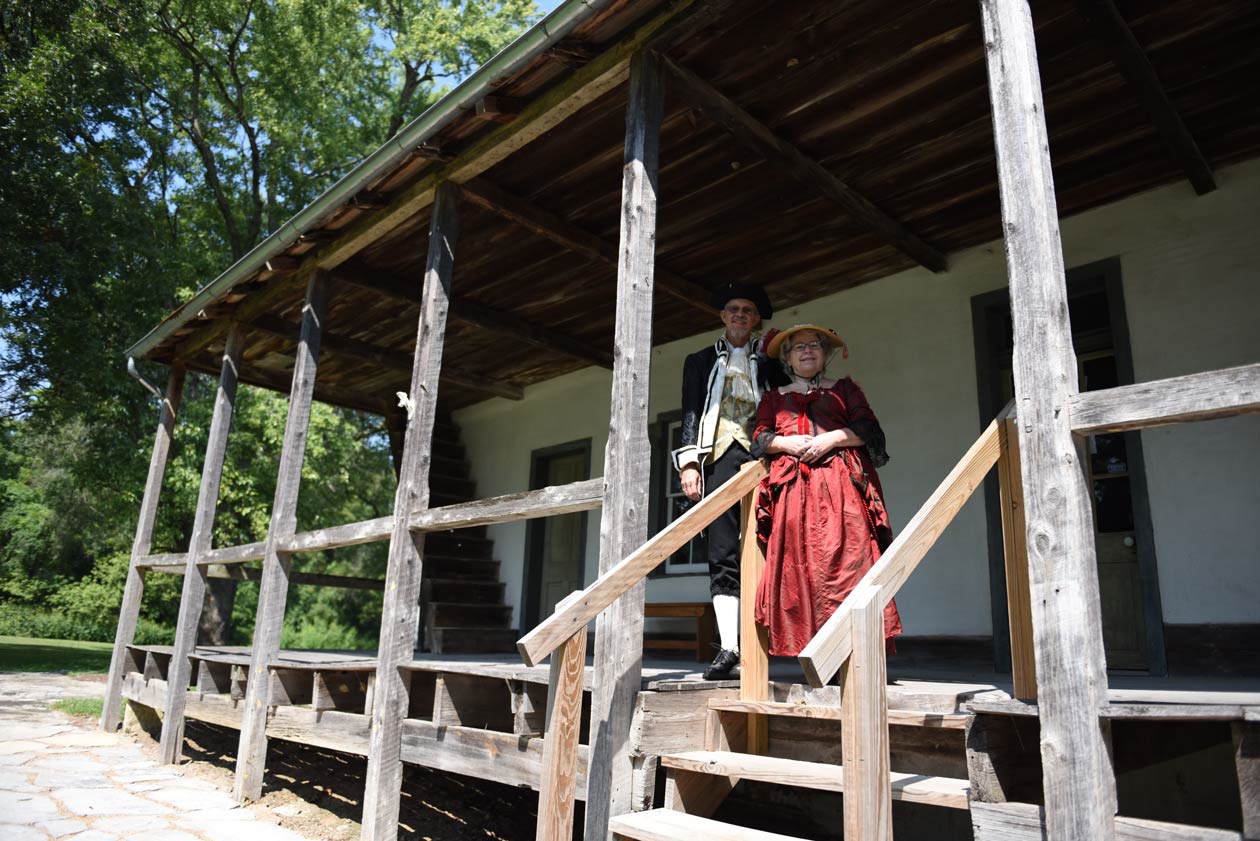Discover the U.S. Civil Rights Trail in Missouri.
This article is presented in partnership with Visit Missouri.
Missouri is home to three stops on the U.S. Civil Rights Trail which tells the stories of people and institutions that sought equal rights for all.

Negro Leagues Baseball Museum — Kansas City
When Jim Crow laws forced the segregation of organized baseball in the early 1900s, Black players formed their own baseball teams and leagues. Because legal segregation prevented Black players from eating in the same restaurants and staying in the same lodging as white players, many minority-owned businesses flourished as they provided services for Black players and their fans.
In 1947, Jackie Robinson broke the baseball color barrier when he was drafted by the Brooklyn Dodgers from the Kansas City Monarchs. This opened the door for integration in sports, and the Negro Leagues dissolved a few years later. In the 30 years the leagues were active, they left a lasting civil rights legacy, which can be explored at the Negro Leagues Baseball Museum, Missouri’s newest addition to the U.S. Civil Rights Trail.

Harry S. Truman Presidential Library & Museum — Independence
President Harry S. Truman was outraged by the treatment of Black soldiers and veterans when they returned from World War II. In 1948, he issued an executive order that desegregated the military and called for equal treatment for all persons in the armed forces, regardless of race, color, religion or national origin.
The order was considered a major civil rights victory and helped pave the way for desegregation in other segments of society.

The Old Courthouse — St. Louis
Arguably the most famous trial at the Old Courthouse in St. Louis was the suit brought by Dred and Harriet Scott, who sued for their freedom. Their trial went all the way to the U.S. Supreme Court, which ultimately ruled against them because slaves were considered property and did not have the right to sue.
While the grounds of the Old Courthouse are open, the interior is undergoing a major renovation and is not open to the public at this time.
Visit these locations to explore the fight for equality and learn more about Missouri’s civil rights stories at VisitMo.com.
Related Posts
Where to Buy Great Pies?
Sink your teeth into these sweet treats from around the state.
Ste. Genevieve to Become a National Historic Park
Ste. Genevieve was established in 1735 by French-Canadian colonists. It was the first ever settlement by Europeans in Missouri.




